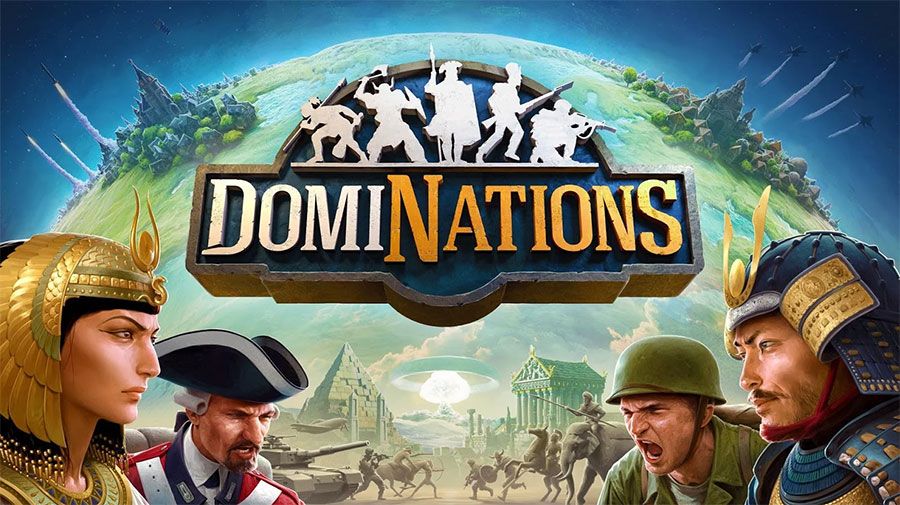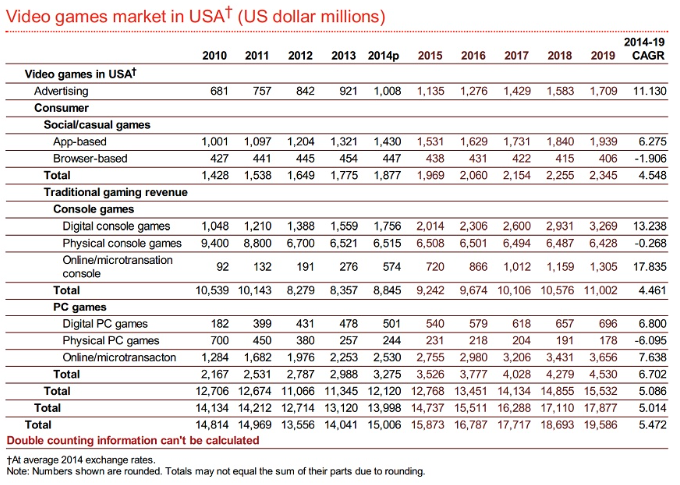Disney is already keeping busy enough in the interactive toy division, having announced a new Disney Infinity game that will feature playsets from various universes, including Star Wars, Marvel’s Avengers: Age of Ultron and Disney/Pixar’s upcoming film Inside Out. However, that isn’t stopping the company from trying something new in the interactive field.
TechCrunch has reported that Disney will be releasing a new product called Playmation later this year, which will combine the usage of figurines based on characters with wearable devices to create interactive adventures, in which kids can use to explore the universes surrounding said characters. So far, two major power players – Marvel and Star Wars, both Disney licenses – will be involved with the project, although more based on other properties could be introduced in the future.
The set will launch with an Avengers starter pack, hitting shelves in October for the retail price of $119.99. It will feature an Iron Man-inspired Repulsor that can be strapped onto a child’s arm, along with two Power Activators and Smart Figures that will interact with the device (for this particular set, Captain America and Iron Skull).
Once activated, the Repulsor device provides audio guidance from Jarvis (Tony Stark’s helpful computer assistant) in terms of how to get into the adventure. No word yet on who’s being considered for the Star Wars set (which doesn’t have a release date, but is likely to arrive in time for the winter debut of The Force Awakens in theaters), but Yoda seems a likely choice.
Playmation utilizes sensors and wireless communication technology that recognizes actions from the wearer of the Repulsor, which in turn enables players to experience actions within the universe by running, jumping and exploring certain areas. There will also be a competitive head-to-head factor with each set, where players can battle it out in epic superhero fashion. Could this mean lightsaber battles in Star Wars Maybe.
“Innovation and creativity are the driving forces behind Disney, and our goal is to inspire children to unleash the power of their imaginations through the stories we tell and the experiences we create. With Playmation, we’re taking the next step in that tradition – bringing the worlds of play, storytelling, and technology together – in a new and very exciting way,” said Leslie Ferraro, president of Disney Consumer Products. “Playmation takes the best the digital world has to offer and uses it to create supercharged, real world play. This is play updated for today’s kids – bringing their imaginations to life as they go on active adventures alongside their favorite characters.”
“The study highlights a major opportunity to meet the needs of both parents and kids with a new way to play,” said Kareem Daniel, Senior Vice President, Strategy and Business Development. “Playmation uses technology to make active, physical play even more fun. It puts kids at the center of our stories in a way we’ve never been able to before.”
This introduces a whole new area for Disney to capitalize on its franchises, while at the same time opening the door for wearable tech to continue moving in to today’s modern marketing arena. Although the equivalent is similar to the classic laser tag game, the interaction with popular characters – through a playset that offers exploration on top of having fun with familiar favorites – should make it a big hit with kids this holiday season.
Other playsets are already in the works for Playmation, including one based on the popular film Frozen, where kids will no doubt be able to play through a winter wonderland. Individual sets, however, haven’t been priced just yet.
The only question is how Disney intends to market Playmation so that it doesn’t get in the way of its Infinity product. Both will feature high-value brands, both have a level of interactivity that offer something unique, and it’s uncertain whether Playmation items will work with Infinity and vice versa – though probably unlikely. That said, Disney will probably have a big multi-million dollar campaign in place that amicably supports both products as they head to retail this holiday season.
In the meantime, interested parties can learn more about the Playmation project in the trailer below.



 Jonathan Roth, Executive Director of
Jonathan Roth, Executive Director of 
